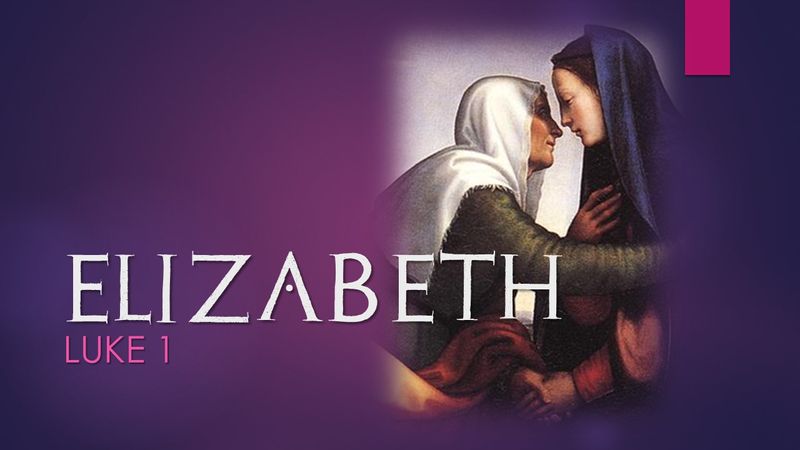No one approaches the biblical texts with a blank slate. We all have some sort of lens through which we interpret the texts, whether we like to admit it or not. If we want to study scripture responsibly, we must identify the lens through which we interpret.
Imagine, for a moment, that you’re a microbiologist studying a brand new specimen. In order to arrive at the most accurate results, you must first understand your tool, the microscope. If you go into the tests blindly, selecting magnifications and turning knobs at random, your test results will likely be skewed. You must first take the time to learn the ins and outs of your tool. You have to know the strengths and weaknesses of your lens.
Why should it be any different with reading the Bible?
All Bible study takes place through the lens of biblical interpretation. Like the microbiologist, we must take the time to understand our lens. The study of biblical interpretation is called hermeneutics.
This part of the “How to Read the Bible Series” will be done in two parts. We’ll study the lenses of two different methods of interpretation. Gabriel’s post will tackle the pre-critical interpretation methods of the ancient Jews and early church fathers. In this post, I’ll attempt to tackle the more modern phenomenon of historical-grammatical exegesis.
Before we jump into it, I do want to add a short disclaimer. We are not outlining these two methods of biblical interpretation to give you a choice. It’s not necessary that you choose one over the other. We think it’s important for you to understand that everyone reads scripture through a lens, and we want to give you a few options.
The Historical-Grammatical Method
The Bible was written for us. But it was not written to us. This is an important distinction to make when approaching the biblical texts. God’s Word can be seen reflected in the words of scripture, and as such the Bible is a vehicle for God’s authority. It speaks to us today, pouring life into us, revealing who God is, transforming us into God’s people. But when the original authors sat down to write and compile the accounts that now make up our sixty-six books of the Bible, they were not writing to a 21st century audience.
It is difficult to understand what the texts mean to us today without first understanding what the texts meant to its original audience. In order to get back to that original meaning, to understand the author’s initial intentions in writing and compiling the scriptures, to get a fuller understanding of the Bible, we can’t get around interpreting scripture through the lens of historical-grammatical exegesis.
This method can obviously be broken up into two distinct parts: historical and grammatical. The historical part refers to everything we do to study around the text. We study the historical background of the text to learn more about the world in which the texts were produced. The grammatical part refers to everything we do to study inside the text. This often happens through translation. We dig into the linguistic core, learn everything we can about the language, and put together a deeper understanding about what the text actually says.
When we put together the historical and the grammatical pieces, we get a fuller picture of what the original author and the original audience would have understood the text to mean. This is called exegesis because it “pulls out” meaning from the text, as opposed to eisegesis which reads meaning into the text.
Tools for Exegesis
Historical-grammatical exegesis can be a bit overwhelming. There are so many different critical approaches to studying the text in this way. The reason people are still getting PhD’s in biblical studies every day is because there is always more to learn, new angles to explore, new worlds to discover. But don’t feel like you have to go this deep to read and understand scripture. The Bible is infinitely deep and speaks life into its hearers at all layers. You don’t have to have an advanced degree in Biblical Exegesis to be able to practice the historical-grammatical method.
Here are some tools I would recommend.
If you’re serious about studying a particular text or book of the Bible, you can’t really get away from getting a good commentary. A helpful resource for this is BestCommentaries.com. You can search for any book of the Bible and it will rank all the commentaries for that book. You can filter it by academic level (technical, pastoral, or devotional), read reviews, and more. This can get a bit expensive, but I’ve found that most public libraries will allow inter-library loans. It can take a couple of weeks, so if you know in advance that you’re going to be studying a particular book of the Bible, try to find it in a library at a university near you. Then see if your local library is able to check it out on your behalf.
Alternatively, you can invest in digital Bible library software, such as Logos or Accordance. Again, this can get pricey fast.
For a lighter study and a more cost-effective approach, I recommend the Cultural Backgrounds Study Bible. This is a great tool for quickly getting a feel for the world in which the texts of the Bible were written. It’s a great starting point for diving deeper into your study.
For more detailed work that still covers the whole Bible, check out the IVP Cultural Backgrounds Commentary (Old Testament and New Testament). These volumes are by the same scholars that worked on the Cultural Background Study Bible. But since this is just the notes and not the text, they are free to go into a bit more detail.
For internal study, the best resource I could recommend is BibleArc.com. They have some awesome tools for Bible readers at any level to break down the text, perform some basic word searches, and better understand the flow of scripture.
Moving forward in this study, I’ll refer to BibleArc.com more often. It’s great for rhetorical analysis and lexical semantics, but we will get there in time.
Another great (and free!) resource is BibleGateway.com. One of the best things to do when studying scripture is to read it in several different versions with different translation theories. Bible Gateway is a great way to have access to many different translations at one time. They also have some basic commentaries available online as you read the scriptures, as well as devotionals, Bible reading plans, and much more.
Lastly, for more information about the process of historical-grammatical exegesis, you can’t go wrong with the Exegesis Handbooks for Students and Pastors. These volumes (Old Testament and New Testament) walk you through the process of exegesis, whether or not you’re familiar with the original languages.
Historical-grammatical exegesis is a large field that is constantly growing. It can be a daunting task to approach a biblical text with a goal as large as uncovering the original meaning intended by the original author. But the process itself can lead to a deeper understanding and a greater appreciation for the Bible.




